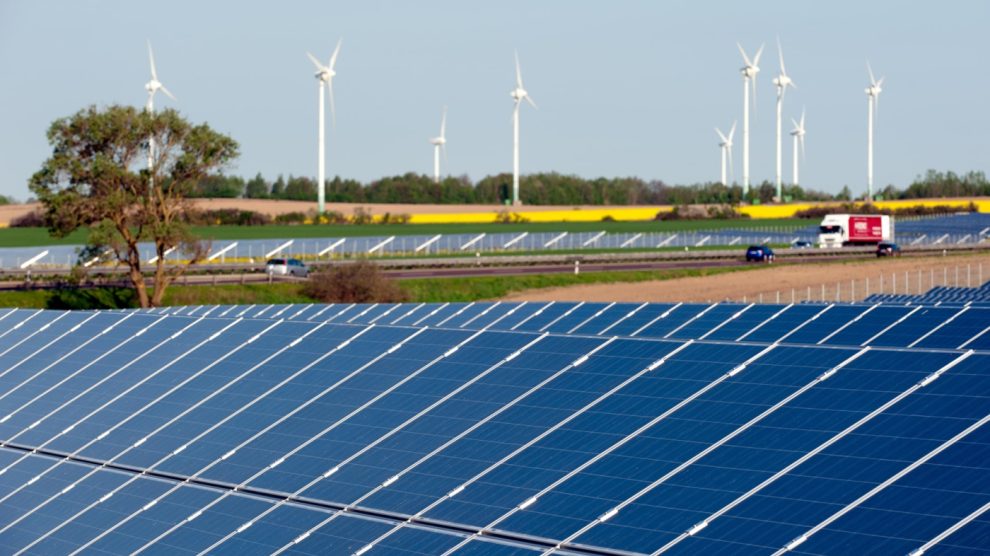Rome ups renewable power generation. Speaking to Il Messaggero, Gilberto Pichetto Fratin – head of the newly-rebranded Ministry for the Environment and Energy Security – outlined Italy’s ongoing efforts to pursue the energy transition by means of solar and wind farms.
- Over the course of 2022, roughly 4-5 gigawatts of new generation capacity was brought online (that’s up from 1.4 GW in 2021) and 7 GW of additional capacity was greenlit for construction.
- The final objective, remarked the minister, is to reach 12 GW of new installed capacity each year to meet the 2050 net-zero requirements and ensure the country’s energy autonomy.
Blasting bureaucracy. The biggest bottleneck in developing renewables are bureaucratic in nature, explained Minister Pichetto Fratin, and they have grown ever more cumbersome in the past years, scaring away investors. Territorial and institutional resistance, he remarked, found fertile ground in the authorisations’ complexity. Ultimately, most projects ended in paralysis.
- Giorgia Meloni’s government intervened to speed up the approval process – which aided the increase in new installations – and is working to rapidly convert the European Union’s renewable energy directive, which cuts red tape and facilitates the selection of suitable areas.
The economic reasoning. Renewables “incentivise themselves,” noted the minister, if they are economically convenient (data indicates that’s usually the case today). Beyond the “historic” auction-based system, the government plans to table an ad-hoc decree to finance 4.5 GW of new infrastructure – “favouring sources and technologies that are either not fully mature, or have high operational costs, such as biomethane plants.”
- Through €2.2 billion out of the EU-funded National Recovery Plan, Rome also intends to support energy communities – territorial collectives of citizens and companies aiming to become energetically independent.
Regasification capacity… The installation of a new floating regasification unit in Piombino (Tuscany) has become a point of contention between the central government and the territory’s Nimby committee. The latter recently lost the cause it brought against the former, noted Minister Pichetto Fratin, remarking on the strategic value of the installation to make up for the volumes that were once supplied by Russia.
- Two new regasification units are expected to come online between 2023 and 2024, as part of Italy’s strategy to move away from Russian gas – which brought it to lead the European diversification efforts.
… and thermal engines. PM Meloni signalled that banning the sale of new internal combustion engines – as decided by the European Parliament – is not the most sensible course for Italy, which boasts significant industrial prowess in that industry.
- That’s not backtracking from the 2050 net-zero target, noted the minister; it’s a matter of converting the Italian industry – which is mainly focussed on supplying auto parts to German automakers beyond building Italian-made cars – and adapting it to sustainable travel.
- “There’s various paths and we’re travelling them all,” said the minister, indicating “biofuels, hydrogen and evolving technologies in these sectors.”
- Ultimately, he said, it’s best to bet on a consensus-based strategy – “not juxtaposing the environment and jobs, but ferrying with measure and technological quality the sector towards sustainable development.”




